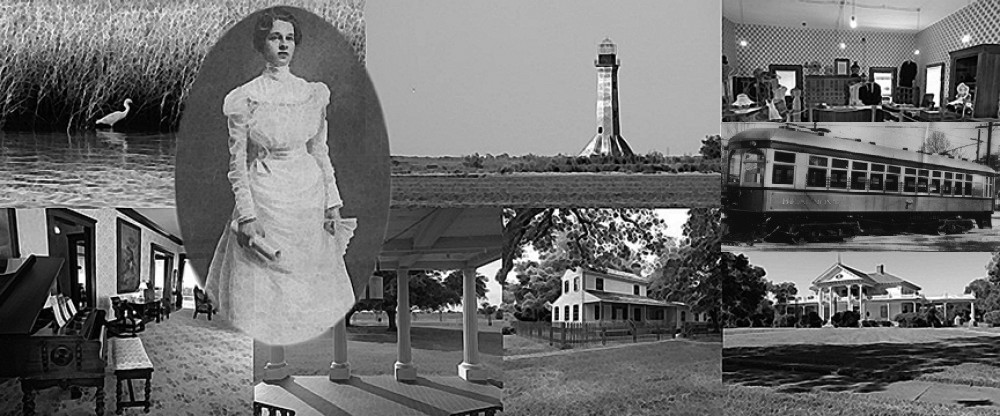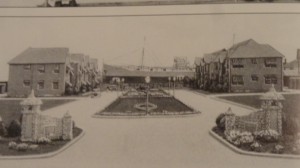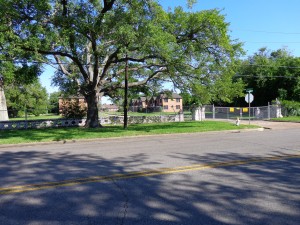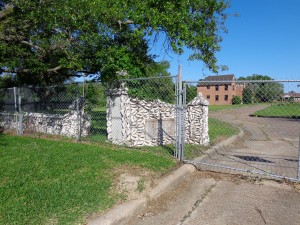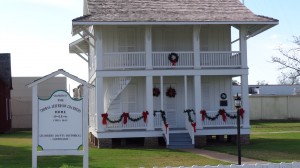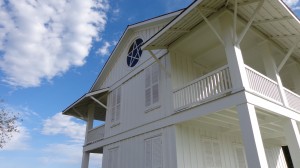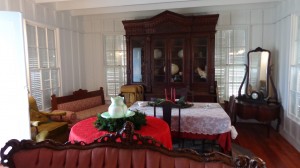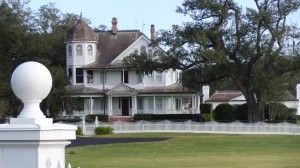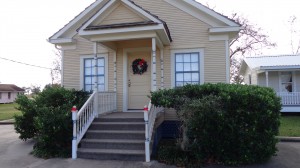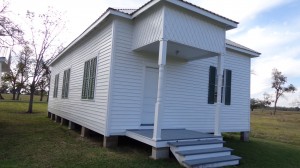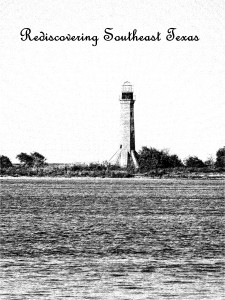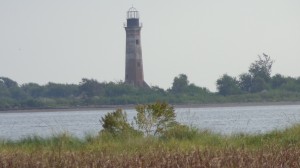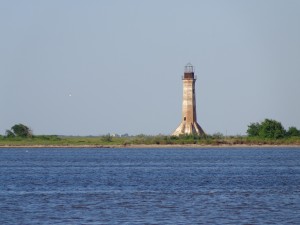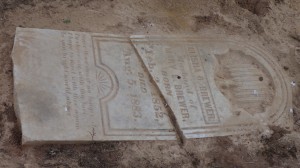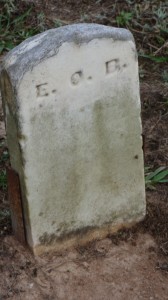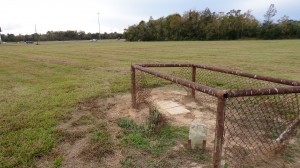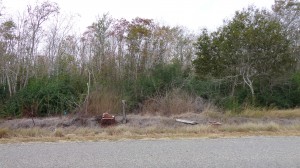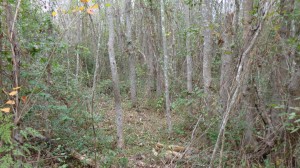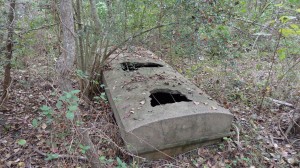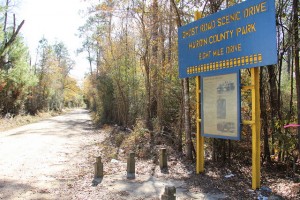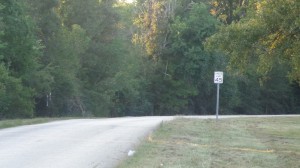No one can argue that Southeast Texas doesn’t have a rich and diverse history although, if you would ask most people around here, they would probably tell you that everything started with Spindletop. Well, we know better. We know this because of a certain few individuals who took the time—sometimes their whole lives—to document and explore our past. It is these people whom I hold in the highest regard.
In my journey to discover Southeast Texas history, I have been fortunate to find many articles, books, and other sources of information that have aided my research. From our first historian, Florence Stratton, to W.T. Block, Bill Quick, Judith Walker Linsley, Ellen Walker Rienstra, Edward T. Cotham, Martha “Toodlum” Ferguson, Yvonne Sutherlin, and the many others whose works I have yet to explore.
These people have taken the time and done the legwork to valiantly give us a true picture of what has gone before. Indeed, our history is not just the battles in Sabine Pass or the discovery of oil south of Beaumont. And these people have weaved their way through our history to bring us the stories that I love to discover.
When I think of Sabine Pass, Kate Dorman is the first person who comes to mind. It is people like her who bring a real sense of history to our area. When I think of Richard W. Dowling, I see someone who accomplished many things in his short life away from the battlefield. The list of participants in our past goes on and on. Many had very interesting lives, which would have been forgotten were not for those few who keep our heritage alive. Beyond the glamour of historic recognition, most of these people lived their lives away from the history books, and we are fortunate to still be able to learn about them.
In doing research, some of my favorite portals to our history are of course the old books and articles from a time long since passed, such as The Story of Beaumont by Florence Stratton (1925), the Beaumont American Guide series (1930s), and of course, Susie Spindletop’s Weekly Letter (1920s and 30s), all of which you can find at the Tyrrell Historical Library.
One thing that I find fascinating when reading these insights is the absence of the present’s take on history. The past is still fresh, and you can tell this from the writings. Also, I will add that you can learn a lot about how people thought by reading a gossip column written 80-plus years ago.
Another source of information that I have been blessed to encounter is the Jefferson County Historical Commission’s treasures from current members and those members who have passed on. It was there that I began to see the bigger picture of what we face: sadly we are losing our historians. When these people are gone, so goes the knowledge of our past. This is why it is so important to document it, write it, photograph it, in any way you can. It is our heritage, our past, and we owe future historians this courtesy.
I treasure those who have taken the time to investigate my area’s past. Hopefully I can humbly add to their contributions in some way. They were, and are, my mentors, people who I wish I had known. If it weren’t for them, our historical knowledge would be nonexistent.
